Apocalypse holiday homes – how the super-rich are planning for the end of the world
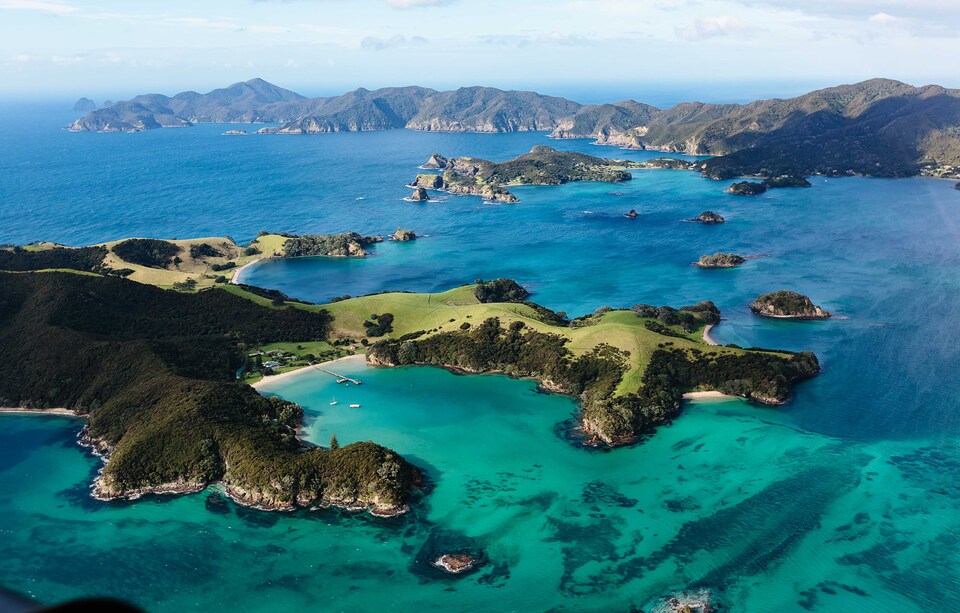
Islands are the answer, according to some Credit: getty
Blast From the Past, a 1999 film starring lovable goofball Brendan Fraser, was an awakening for me. The plot is simple: in the 1960s an eccentric scientist builds an underground bunker, which he and his family retreat to during the Cuban Missile Crisis. Believing a nuclear apocalypse has happened, Fraser grows up underground and emerges 30 years later – with hilarious consequences.
But it wasn’t the plot that mesmerised me. It was the bunker. A Mid-Century underground palace, it featured a garden with a pool, a multi-roomed house, simulated sunlight and even a fake supermarket to pick up groceries. In short, it was a dream home for any nervous child who’s watched Deep Impact too many times.
Nearly 60 years on from the Cuban Missile Crisis, fears about the end of the world are no less widespread. Rising sea levels, asteroids, nuclear war, a viral outbreak, rogue AI – you name it, it’s coming to get us.
The huge number of zombie films and TV series confirms our obsession with the apocalypse – and what we’d do if it happened. But preparing for the worst is no new thing. Bunkers have featured in the homes of ultra cautious folk for decades. However, 21st-century versions have taken things to new levels.
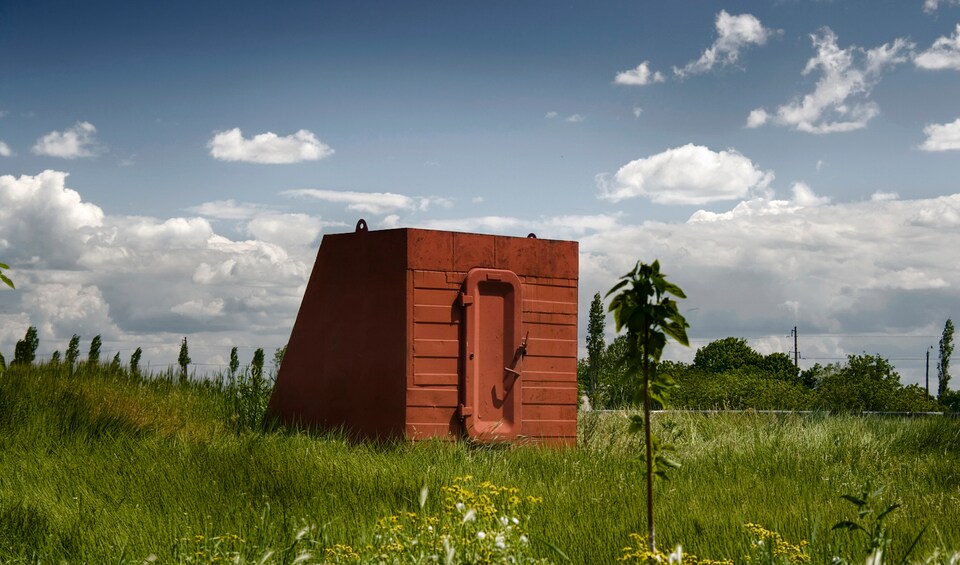
Others may dream of their first home - I dream of my own bunker Credit: istock
Gone are the images of cold, grey underground dungeons filled with baked beans and bunk beds. Today’s apocalypse homes are all about luxury – and some aren’t even underground.
Billionaires are increasingly purchasing secure properties in countries that are thought to be better equipped to handle calamity. Naturally, they’re far from spartan.
For those that go the bunker route, companies like Vivos are building underground complexes that come with pools, spas and gyms. Or, if you choose your location right, you might even be able to see out armageddon without having to lose out on real sunshine.
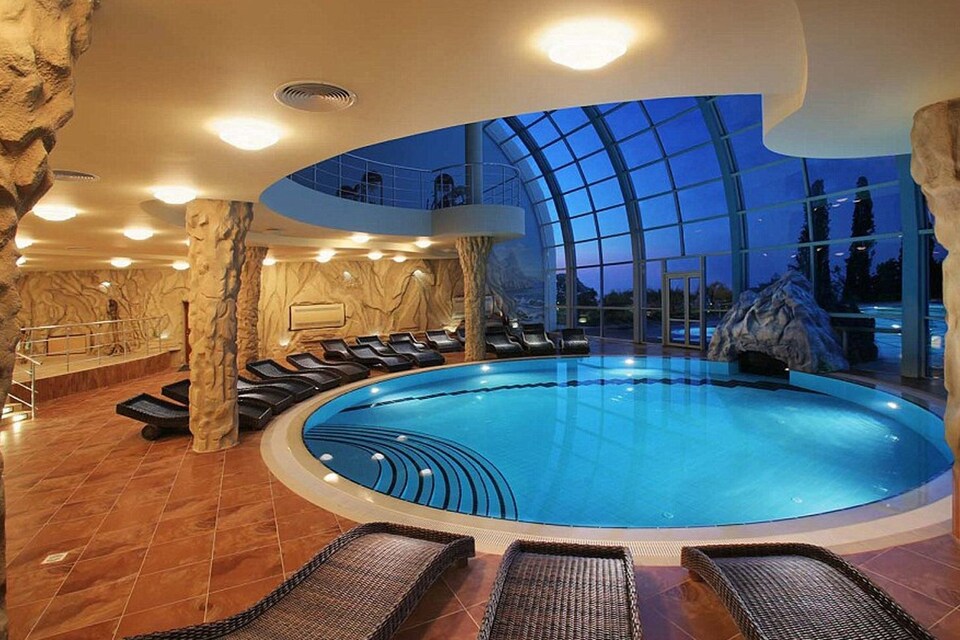
The Vivos Europa One in Germany is the world's 'ultimate doomsday escape' Credit: Vivos
Two scientists recently ranked the safest places to flee to in the event of an extreme pandemic, and, unsurprisingly, islands were the main focus. Naturally isolated from the spread of disease, they were described as excellent places to ride out a pandemic or “other relevant existential threats”.
Fear of a catastrophic extinction event isn’t quite as irrational as you might think too, with the study asserting that, “the risk of human extinction is probably rising, driven by factors that include technological advance (weapons of mass destruction, artificial intelligence, and biotechnology) as well as the dissemination of hazardous information.”
Sadly, the UK did not make the list – but New Zealand did, coming in second after Australia as one of the globe’s safest spots.
For many, New Zealand is the last word in second homes to ride out the apocalypse. A number of high-profile billionaires have bought doomsday escapes on the island, lured by – among other things – its plentiful water sources.
Peter Thiel, the billionaire behind PayPal, is one of many Silicon Valley giants to have done so, buying a $13.5m, 500-acre plot on the shores of Lake Wanaka shortly after securing New Zealand citizenship at the start of the decade.
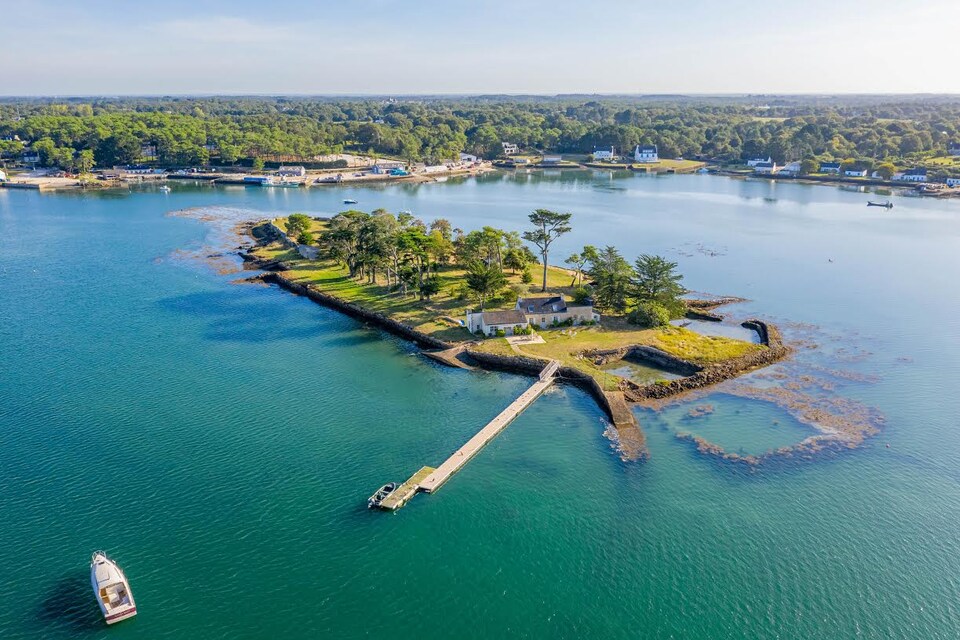
This private island in Brittany will set you back £3.35 million Credit: Legatt Prestige
While Thiel has been vocal about the motives behind his purchase, many of the uber-wealthy buying houses that seem to double up as apocalypse retreats have been less so.
Mark Zuckerburg owns a 750-acre estate in Hawaii that seems to blur the line between holiday home and safety net, while Billionaire Larry Ellison bought 98 per cent of Hawaii’s sixth largest island, Lanai, as well as his own airline, in 2012. Very convenient should the worst happen.
It’s New Zealand that remains a firm favourite though, with hedge-fund pioneer Julian Robertson and Hollywood film director James Cameron just two of the many who’ve bought properties there in recent years.
Is the country really such a paradise? It has been named best country in the Telegraph Travel Awards – voted for by readers – for a whopping six years in a row, so clearly you think so. But for those non-billionaires currently living on the island, it may not be so perfect – the demand for properties is fuelling a housing crisis its government is struggling to fix.
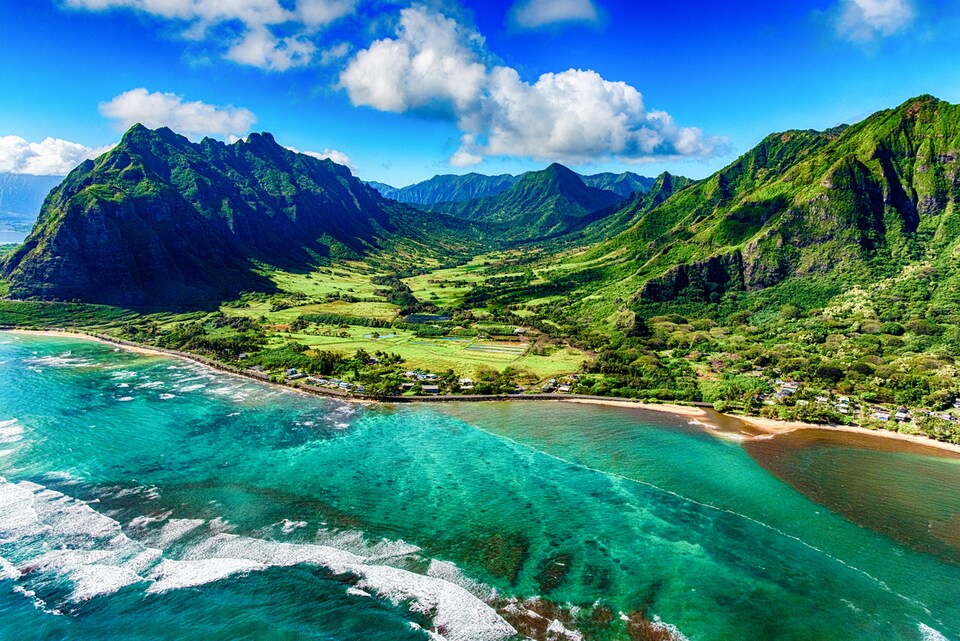
Hawaii: another favourite of the billionaire buyers Credit: istock
But billionaires appear to have little problem getting around legislation. Peter Thiel’s citizenship was granted in a streamlined process “not available to normal members of the public”. New Zealand’s Investor Plus Visa, which requires a minimum investment of NZD$10 million ($6.7 million) over three years, permits the purchase of residential land.
So what kind of apocalyptic forward planning are the non-billionaires doing? With options like New Zealand and Hawaii potentially off-limits, expensive, and tricky to get to without your own private jet, what are the options?
Sarah, a UK photographer, has been looking for an apocalypse holiday home for the last ten years. “When I first started, climate change was a factor,” she said. “As much as I’d like to live on the beach, that would possibly be an error in judgement. So, I’ve been looking way above sea level. But I’ve also needed to consider the terrain so that has made things a touch tricky.
“General financial uncertainty around the world has been a huge factor too. The areas I am looking, such as Greece, could be among the first affected by climate change. But at my age – 39 – I may not have to deal with any massive rise in sea levels.”
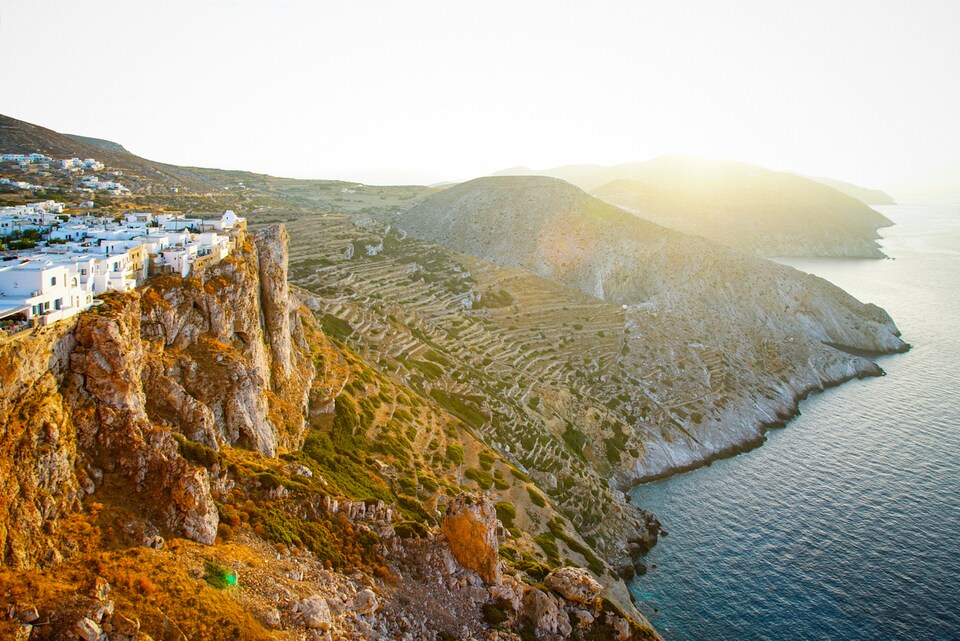
Sarah is searching for an apocalypse holiday home in Greece Credit: istock
Rather than honing in on the promised land of New Zealand, Sarah’s search has been broader: “no extreme temperatures, a good water supply, and no permafrost”.
The whole concept is riddled with moral questions. Should billionaires be able to buy citizenship? Does the purchase of an apocalypse home as insurance against climate change make you less likely to engage in preventative measures that would help everyone?
“The people who are most likely to be negatively affected by climate change are the poor, said Sarah. “This is apparent even now when you look at areas affected by natural disasters.”
During last year’s wildfires in California, private firefighters were hired by insurance companies to protect only the houses of paying customers.
Should the worst happen, the prospect of New Zealand, or elsewhere, becoming a Noah’s Ark that only a lucky few can afford is not a pleasant one.
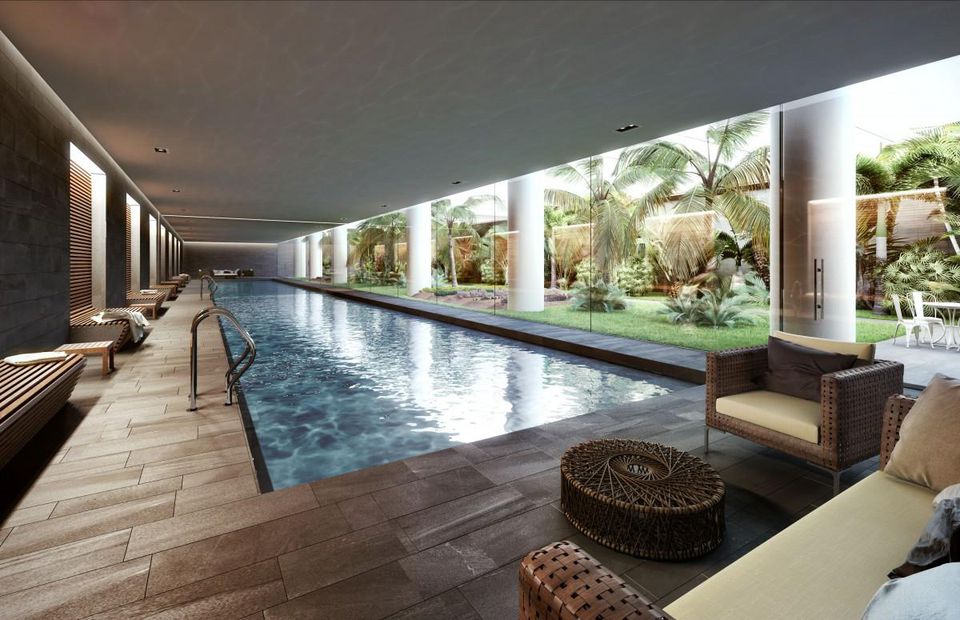
The Oppidum, Czech Republic is the world's largest private apocalypse shelter Credit: The Oppodium
Perhaps the solution is closer to home. Verto, a company building ‘Zero Carbon’ smart homes in south-west England, is a more optimistic option than your typical underground bunker or remote island getaway.
These energy-efficient and sustainable buildings start from £300,000 and hope to be part of the solution to climate change, rather than the escape route.
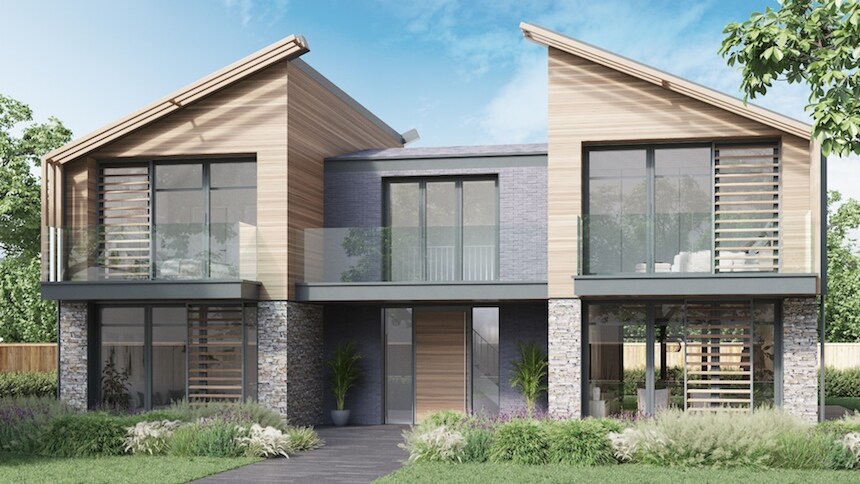
Lyonesse Lane in Cornwall is one of Verto's newer properties Credit: Verto Homes
They might not survive a zombie outbreak, but they’re self-sufficient, far above sea-level, and contribute to preventing a climate apocalypse happening in the first place.
It may not be a Blast From The Past bunker, but homes like these, dotted along the beautiful Cornish coastline, are far more attainable – and much less divisive. Maybe someone should let the billionaires know.
At a glance | Where to survive the end of the world
Source: The Prioritization of Island Nations as Refuges from Extreme Pandemics, Boyd & Wilson 2019

Islands are the answer, according to some Credit: getty
- Emma Cooke, Content Editor
Blast From the Past, a 1999 film starring lovable goofball Brendan Fraser, was an awakening for me. The plot is simple: in the 1960s an eccentric scientist builds an underground bunker, which he and his family retreat to during the Cuban Missile Crisis. Believing a nuclear apocalypse has happened, Fraser grows up underground and emerges 30 years later – with hilarious consequences.
But it wasn’t the plot that mesmerised me. It was the bunker. A Mid-Century underground palace, it featured a garden with a pool, a multi-roomed house, simulated sunlight and even a fake supermarket to pick up groceries. In short, it was a dream home for any nervous child who’s watched Deep Impact too many times.
Nearly 60 years on from the Cuban Missile Crisis, fears about the end of the world are no less widespread. Rising sea levels, asteroids, nuclear war, a viral outbreak, rogue AI – you name it, it’s coming to get us.
The huge number of zombie films and TV series confirms our obsession with the apocalypse – and what we’d do if it happened. But preparing for the worst is no new thing. Bunkers have featured in the homes of ultra cautious folk for decades. However, 21st-century versions have taken things to new levels.

Others may dream of their first home - I dream of my own bunker Credit: istock
Gone are the images of cold, grey underground dungeons filled with baked beans and bunk beds. Today’s apocalypse homes are all about luxury – and some aren’t even underground.
Billionaires are increasingly purchasing secure properties in countries that are thought to be better equipped to handle calamity. Naturally, they’re far from spartan.
For those that go the bunker route, companies like Vivos are building underground complexes that come with pools, spas and gyms. Or, if you choose your location right, you might even be able to see out armageddon without having to lose out on real sunshine.

The Vivos Europa One in Germany is the world's 'ultimate doomsday escape' Credit: Vivos
Two scientists recently ranked the safest places to flee to in the event of an extreme pandemic, and, unsurprisingly, islands were the main focus. Naturally isolated from the spread of disease, they were described as excellent places to ride out a pandemic or “other relevant existential threats”.
Fear of a catastrophic extinction event isn’t quite as irrational as you might think too, with the study asserting that, “the risk of human extinction is probably rising, driven by factors that include technological advance (weapons of mass destruction, artificial intelligence, and biotechnology) as well as the dissemination of hazardous information.”
Sadly, the UK did not make the list – but New Zealand did, coming in second after Australia as one of the globe’s safest spots.
For many, New Zealand is the last word in second homes to ride out the apocalypse. A number of high-profile billionaires have bought doomsday escapes on the island, lured by – among other things – its plentiful water sources.
Peter Thiel, the billionaire behind PayPal, is one of many Silicon Valley giants to have done so, buying a $13.5m, 500-acre plot on the shores of Lake Wanaka shortly after securing New Zealand citizenship at the start of the decade.

This private island in Brittany will set you back £3.35 million Credit: Legatt Prestige
While Thiel has been vocal about the motives behind his purchase, many of the uber-wealthy buying houses that seem to double up as apocalypse retreats have been less so.
Mark Zuckerburg owns a 750-acre estate in Hawaii that seems to blur the line between holiday home and safety net, while Billionaire Larry Ellison bought 98 per cent of Hawaii’s sixth largest island, Lanai, as well as his own airline, in 2012. Very convenient should the worst happen.
It’s New Zealand that remains a firm favourite though, with hedge-fund pioneer Julian Robertson and Hollywood film director James Cameron just two of the many who’ve bought properties there in recent years.
Is the country really such a paradise? It has been named best country in the Telegraph Travel Awards – voted for by readers – for a whopping six years in a row, so clearly you think so. But for those non-billionaires currently living on the island, it may not be so perfect – the demand for properties is fuelling a housing crisis its government is struggling to fix.

Hawaii: another favourite of the billionaire buyers Credit: istock
But billionaires appear to have little problem getting around legislation. Peter Thiel’s citizenship was granted in a streamlined process “not available to normal members of the public”. New Zealand’s Investor Plus Visa, which requires a minimum investment of NZD$10 million ($6.7 million) over three years, permits the purchase of residential land.
So what kind of apocalyptic forward planning are the non-billionaires doing? With options like New Zealand and Hawaii potentially off-limits, expensive, and tricky to get to without your own private jet, what are the options?
Sarah, a UK photographer, has been looking for an apocalypse holiday home for the last ten years. “When I first started, climate change was a factor,” she said. “As much as I’d like to live on the beach, that would possibly be an error in judgement. So, I’ve been looking way above sea level. But I’ve also needed to consider the terrain so that has made things a touch tricky.
“General financial uncertainty around the world has been a huge factor too. The areas I am looking, such as Greece, could be among the first affected by climate change. But at my age – 39 – I may not have to deal with any massive rise in sea levels.”

Sarah is searching for an apocalypse holiday home in Greece Credit: istock
Rather than honing in on the promised land of New Zealand, Sarah’s search has been broader: “no extreme temperatures, a good water supply, and no permafrost”.
The whole concept is riddled with moral questions. Should billionaires be able to buy citizenship? Does the purchase of an apocalypse home as insurance against climate change make you less likely to engage in preventative measures that would help everyone?
“The people who are most likely to be negatively affected by climate change are the poor, said Sarah. “This is apparent even now when you look at areas affected by natural disasters.”
During last year’s wildfires in California, private firefighters were hired by insurance companies to protect only the houses of paying customers.
Should the worst happen, the prospect of New Zealand, or elsewhere, becoming a Noah’s Ark that only a lucky few can afford is not a pleasant one.

The Oppidum, Czech Republic is the world's largest private apocalypse shelter Credit: The Oppodium
Perhaps the solution is closer to home. Verto, a company building ‘Zero Carbon’ smart homes in south-west England, is a more optimistic option than your typical underground bunker or remote island getaway.
These energy-efficient and sustainable buildings start from £300,000 and hope to be part of the solution to climate change, rather than the escape route.

Lyonesse Lane in Cornwall is one of Verto's newer properties Credit: Verto Homes
They might not survive a zombie outbreak, but they’re self-sufficient, far above sea-level, and contribute to preventing a climate apocalypse happening in the first place.
It may not be a Blast From The Past bunker, but homes like these, dotted along the beautiful Cornish coastline, are far more attainable – and much less divisive. Maybe someone should let the billionaires know.
At a glance | Where to survive the end of the world
- Australia
- New Zealand
- Iceland
- Malta
- Japan
- Cape Verde
- Bahamas
- Trinidad and Tobago
- Barbados
- Madagascar
- Cuba
- Mauritius
- Fiji
- Maldives
- Sri Lanka
- Comoros
- Solomon Islands
- Jamaica
- Philippines
- Vanuatu
Source: The Prioritization of Island Nations as Refuges from Extreme Pandemics, Boyd & Wilson 2019
